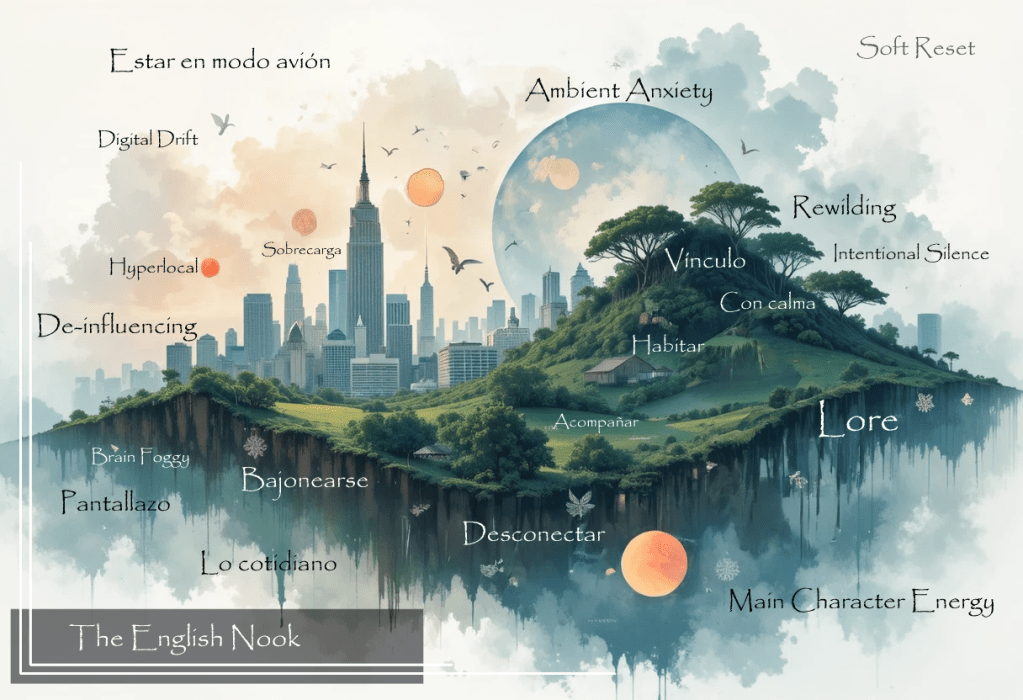The Building Blocks of Language
Language is built on various parts of speech, each playing a unique role in communication. Nouns name people, places, things, or ideas, while verbs describe actions or states. Adjectives add detail to nouns, and adverbs modify verbs and adjectives, giving more context. Pronouns replace nouns to avoid repetition, and prepositions show relationships between words. Conjunctions link words or phrases, interjections express strong emotions, and articles specify nouns. Understanding these elements helps us construct clear, effective sentences.
- Noun (Sustantivo):
- Definition: A word that names people, places, things, or ideas.
- Example: “The house” (La casa).
- Comparison: Nouns are like labels for things. They can be the subject of a sentence or the object of a verb. Remember, they can be masculine or feminine, and singular or plural.
- Verb (Verbo):
- Definition: A word that shows action, state, or existence.
- Example: “To run” (Correr).
- Comparison: Verbs are like the action words in a sentence. They tell us what’s happening. They change depending on who is doing the action and when it’s happening.
- Adjective (Adjetivo):
- Definition: A word that describes or gives more information about a noun.
- Example: “Beautiful” (Hermoso).
- Comparison: Adjectives make our sentences more interesting by describing things. They match the noun they describe in gender and number.
- Adverb (Adverbio):
- Definition: A word that describes how, when, or where something happens.
- Example: “Quickly” (Rápidamente).
- Comparison: Adverbs tell us more about verbs, adjectives, or other adverbs. They help us understand the action better by giving us more details.
- Pronoun (Pronombre):
- Definition: A word that takes the place of a noun to avoid repetition.
- Example: “He” (Él).
- Comparison: Pronouns are like shortcuts for nouns. Instead of saying the same noun over and over, we use pronouns to make our sentences smoother.
- Preposition (Preposición):
- Definition: A word that shows the relationship between other words in a sentence.
- Example: “In” (En).
- Comparison: Prepositions help us understand where things are or when something happened. They connect words in a sentence.
- Conjunction (Conjunción):
- Definition: A word that joins words, phrases, or clauses in a sentence.
- Example: “And” (Y).
- Comparison: Conjunctions are like glue for sentences. They connect different parts to make longer sentences. They show us how ideas are related.
- Interjection (Interjección):
- Definition: A word or phrase that expresses strong emotions but doesn’t have a specific grammatical role.
- Example: “Ouch!” (¡Ay!).
- Comparison: Interjections are like little surprises in a sentence. They show how we feel, but they don’t change the sentence’s meaning.
- Article (Artículo):
- Definition: A word that comes before a noun to tell us if it’s specific or general.
- Example: “The” (El).
- Comparison: Articles tell us if we’re talking about something specific or something in general. They also help us know if the noun is masculine or feminine.



